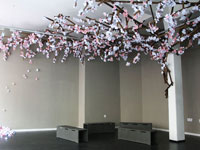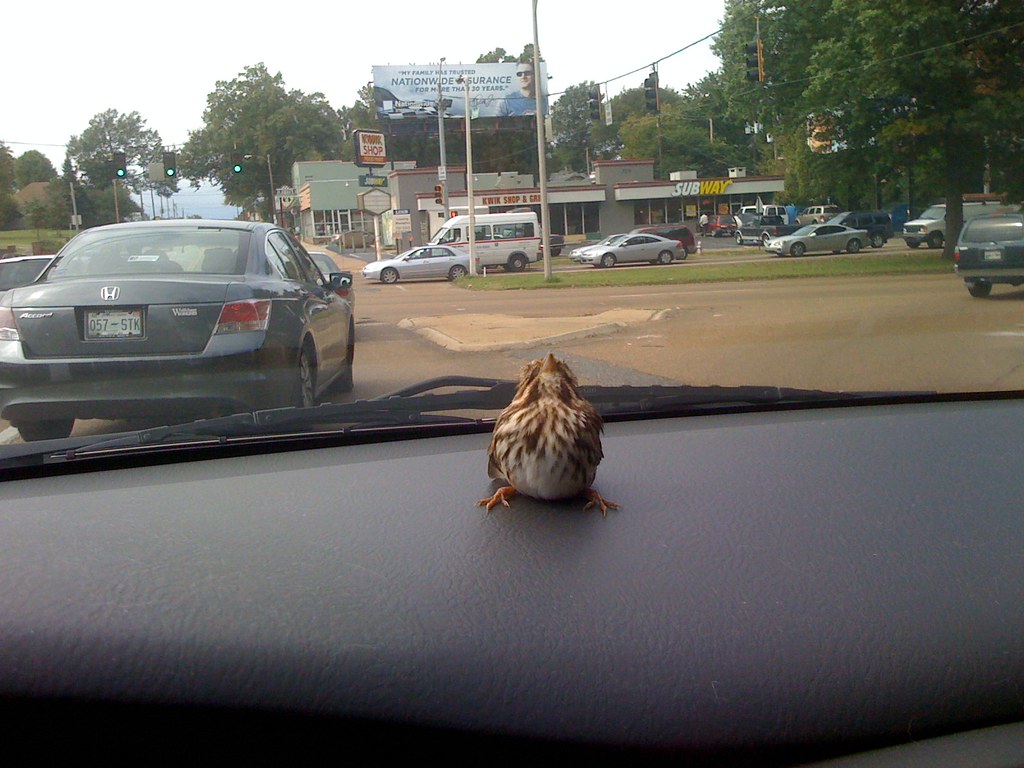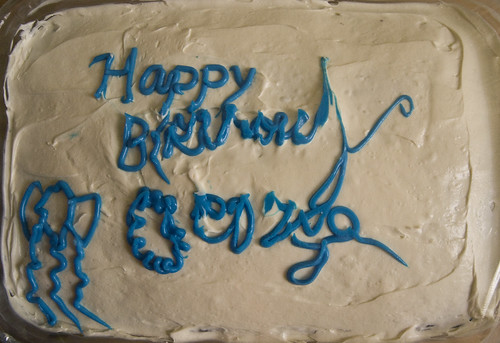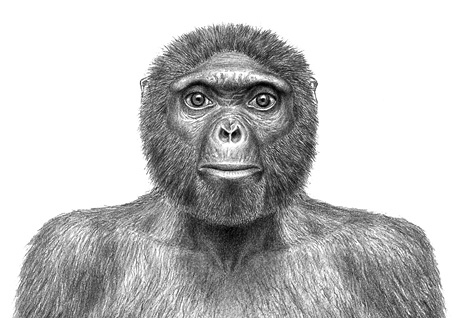
I want to throw a party just so Susan & John can build a room full of paper flowers for me.





When photography was introduced in the late nineteenth century, many thought it would be a way to exactly reproduce reality. Because of the fact that a camera must have something in front of it to create an image, the photograph was considered to be a scientific presentation of reality. Photography was used as scientific evidence, and photographs like Edward Muybridge's famous motion studies were used to settle questions about the natural world that seemed otherwise unanswerable. The process of photography seemed to guarantee that at the time the shutter was opened a certain reality existed, and the photograph was evidence of that reality frozen in an instant.
For this reason, Roland Barthes has argued that the photograph was intimately related to death, for the snapshot was always a reminder that the particular moment captured on film was dead and could not be retrieved. In Camera Lucida Barthes argued that this relationship to death prompted a feeling of nostalgia in the viewer, and he described this effect with the terms punctum and studium. The punctum is defined as being the one "detail" of the photograph that immediately attracts the eye, is personal to the individual viewer, and, because it is personal, is beyond analysis. The punctum is thus differentiated from the studium, or the standard, symbolic message of the photograph.
As printing technologies developed it became possible for photographs to be endlessly duplicated. Though this ability to duplicate images was beneficial for mass communication, along with it came the question: what is the “real” image? Mass duplication also allowed for the manipulation of images, which in turn has led to the questioning of the “truth” of images. Techniques like double-exposure and painting on a photograph have served to undermine the claim that photography represents reality.
As digital imaging has become more prevalent, the scientific truth of the image has come increasingly under question. Since the introduction of photography, images have had their truth value challenged because, as Susan Sontag has argued in Regarding the Pain of Others, the form and composition of a photograph are easily altered so as to present false, or manufactured images. The use of digital tools to alter photos has made this concern more apparent because it allows for photorealistic effects to give the appearance of something that does not even exist. This new development in photography—troubling its claim for scientific truth—puts more focus on the way in which a photograph’s meaning is—and has always been—culturally negotiated and deeply rhetorical.

"The fossil puts to rest the notion, popular since Darwin's time, that a chimpanzee-like missing link—resembling something between humans and today's apes—would eventually be found at the root of the human family tree. Indeed, the new evidence suggests that the study of chimpanzee anatomy and behavior—long used to infer the nature of the earliest human ancestors—is largely irrelevant to understanding our beginnings.
Ardi instead shows an unexpected mix of advanced characteristics and of primitive traits seen in much older apes that were unlike chimps or gorillas. As such, the skeleton offers a window on what the last common ancestor of humans and living apes might have been like."